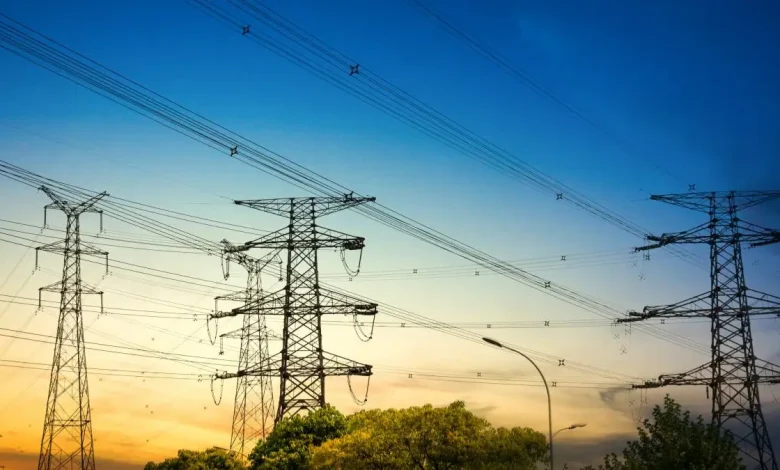Municipal Tariff Hikes: How to Save on Your Electricity Bill in 2025

South Africans are bracing for municipal electricity tariff increases of between 10% and 14% in 2025. Major cities like Johannesburg, Cape Town, and eThekwini will all implement these hikes from 1 July, approved by the National Energy Regulator of South Africa (NERSA). This means households and businesses will soon pay more for electricity, adding to already tight budgets. Fortunately, you can take active steps to lower your costs and keep your bills manageable.
ALSO READ: Joburg Households to Face Tariff Hikes in 2025: Proposed Increases for Utility Bills
Why Electricity Tariffs Are Rising
Municipalities cite rising costs for maintaining and upgrading electricity infrastructure as the main reason for these increases. At the same time, operational inefficiencies and high energy losses also force prices upward. NERSA has pushed back on even higher requested tariffs, requiring municipalities to improve financial controls and reduce waste before approving further hikes. While these changes aim to stabilize the national grid, consumers must now look for ways to cut down on their electricity use.
How Tariff Hikes Will Impact Your Finances
Once the new rates kick in, monthly electricity bills will climb noticeably. For instance, a household using 800 kWh each month could see their annual bill jump from about R2,948 to over R3,300. Businesses, especially those with high energy needs, will also face steeper operating costs. Since these hikes outpace current inflation, which sits at just 2.8%, consumers must act quickly to reduce their energy consumption.
Practical Ways to Lower Your Electricity Bill
You can fight back against higher tariffs by putting several practical strategies into action:
- Upgrade to Energy-Efficient Appliances: Replace old, power-hungry devices with energy-efficient models. Look for high energy ratings, as these appliances use less electricity and help you save money over time.
- Use Smart Power Strips and Timers: Plug electronics into smart power strips or set timers to cut off standby power, which can add up over the month.
- Invest in Solar Solutions: Many South Africans are installing solar panels or solar water heaters to reduce their reliance on municipal electricity. Solar offers long-term savings and helps insulate you from future tariff hikes.
- Adopt Energy-Saving Habits: Make a habit of turning off lights and appliances when not in use. Open curtains for natural light during the day and lower your geyser temperature to 60°C or less.
- Monitor Your Usage: Check your electricity meter regularly and use municipal apps or online tools to track your consumption in real time. This way, you can spot wasteful patterns and adjust your habits.
Support Programs from Government and Municipalities
Several municipalities and the government offer programs to help low-income households cope with higher electricity costs. For example, Eskom encourages eligible residents to register for Free Basic Electricity (FBE), which provides subsidized power. Some municipalities also offer rebates or incentives for households that install solar panels or energy-efficient devices.
RELATED: Eskom Launches Smart Prepaid Meter Rollout in Gauteng to Modernise Electricity Billing
The Importance of Community and Awareness
Working together as a community can make a big difference. By sharing energy-saving tips and supporting local initiatives, residents can collectively reduce consumption and encourage better service from municipalities. Local workshops and online resources help keep everyone informed about the latest energy-saving technologies and government programs.
Preparing for Future Price Increases
Experts warn that more tariff hikes could follow if operational problems and infrastructure challenges continue. That’s why it’s smart to treat energy efficiency as a long-term investment. By adopting sustainable habits and investing in energy-saving technologies now, you not only protect yourself from future price shocks but also help build a stronger, more resilient energy system for everyone.



